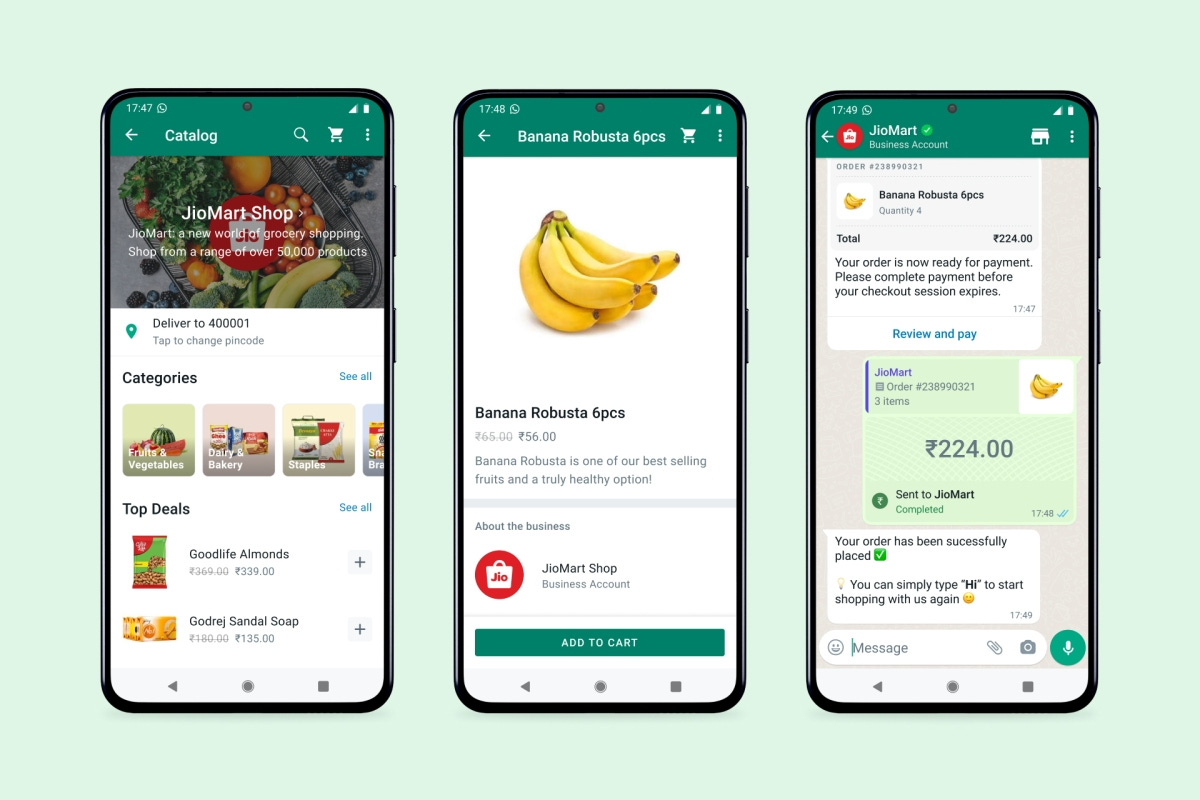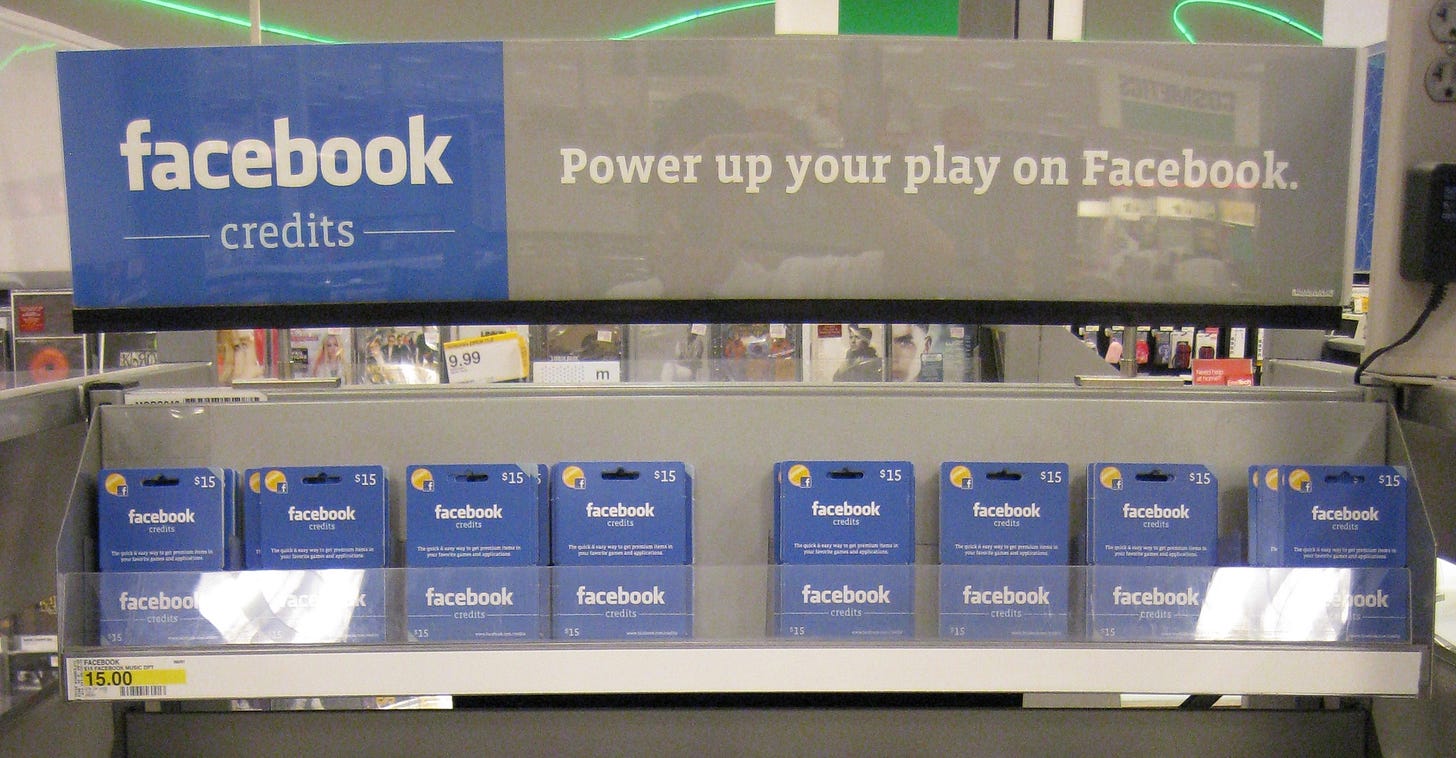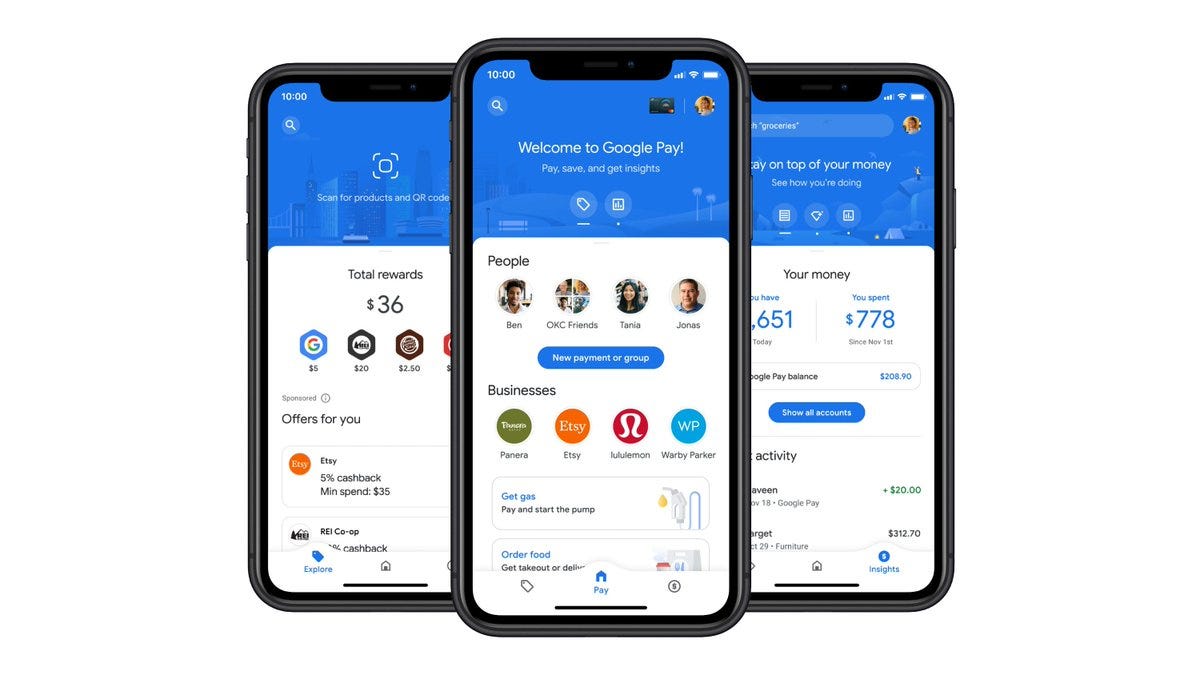Big tech vs Big banks
In recent years there has been a subtle but seismic shift in the world of finance. Big tech companies such as Meta, Apple, Google and Amazon, entered through the door by introducing digital payment solutions. Their offerings now cover a wide range of financial services, from wealth management to insurance. If they used to be partners with the banks, they now have to compete with them.
To understand how this happened, I recommend reading all the way through.
Data and network-driven business model
Big Techs enter the market with distinct advantages such as having a strong financial position, access to low-cost capital, an established global user base and the technological expertise and data to tailor their offerings to customer preferences.
There are several advantages for tech giants that would be foolish not to try to enter the financial sector.
The building blocks of their business model are:
Network effects: The years spent building search engines, e-commerce and social media platforms now translate into large user bases that can be leveraged to increase adoption of their financial services offerings.
Technology: These users do not come alone; they bring with them a wealth of data that can be used to create in-depth consumer profiles, which means tailored financial products that lead to increased adoption and better user experiences.
In addition, tech companies have a competitive advantage over banks. Since e-commerce offers loans to those who trade on its platform (such as Amazon Lending), companies are forced to repay, or else threaten to lose visibility or even worse get excluded.
Meta: From metaverse to social commerce
Zuck company is one of the first pioneers in this space, considering that in 2009 they developed Facebook Credits. It was a virtual currency that enabled people to purchase items in games. In March 2011 they created Facebook Payments Inc, a subsidiary to handle payments and eventually closed their previous money system.
Before the AI boom covered up the metaverse we were promised with, Facebook pay became Meta pay to align with the rebrand. The plan was to create Calibra (currently Novi), a digital wallet for the metaverse, that will incorporate its own blockchain-based stablecoin called Libra. Both projects were shut down in 2022: Libra (currently Diem) was sold to Silvergate Bank. Today Meta’s financial division, is known as Meta Financial Technologies and encompasses Meta Pay.
Meanwhile, Meta Pay hasn’t stood still, pursuing several initiatives. For Whatsapp's part, it has introduced P2P payments to its contacts (like Paypal) in India and Brazil, and grocery shopping in-app through a partnership with JioMart. On Messenger you can now split payments while Instagram offers SMBs payments in the chat.

Apple, building its own ecosystem
Between 2019 and 2022, Apple has registered several licenses regarding digital identity. The goal? To have an edge over its competitors in the race to develop a digitally-native, mobile-first identity credential.
The following is a summary of Apple's innovations in recent years:
Payments
In 2014, Apple partnered with JP Morgan Chase in the US and introduced Apple Pay to facilitate everyday payments. Today, 3 out of 4 Apple users have it enabled.
Cards
In 2019, Apple is introduced its proprietary credit card through a partnership with Goldman Sachs. Apparently, Apple Card was really appreciated, winning in the US for 3 years in a row due to its customer satisfaction.
Credit
In 2022, Apple Pay launched its version of BNPL (Buy Now Pay Later) and is now competing with Affirm and Klarna. To get into the lending business and control Pay Later, a subsidiary company called Apple Financing LLC was created.
SME
The "Tap to Pay" feature is introduced to facilitate contactless payments from one iPhone to another, without requiring hardware for SMEs.
Savings
The partnership with Goldman Sachs led to the opening of Apple Savings, a savings account for Apple Card holders that offers a return of up to 4.15% annually.
For now, many of these services are dedicated only to the United States, but thanks to Project Breakout, Apple soon aims to expand to other markets and add more services. This is to build its own infrastructure and depend less and less on external partners. Once they control the entire payments supply chain, they can focus on improving the user experience and increasing revenues.

Google has no intention of becoming a bank
Following the Apple Playbook, 2018 is the year of Google Pay, born from the joint of Android Pay (2015) and Google Wallet.
Google was the closest to become a bank with its project Google Plex, designed to be a mobile-first bank account integrated into Google Pay. Even though they had received positive feedback from the market, in 2021 the company decided to change course, shutting down the project before the roll out. The new strategy is to sell its technology through financial services to banks.
Of course, they carried out their own virtual wallet (Google Wallet), which shares many functions with Apple's, from Tap to Pay to uploading IDs.
To conquer the e-commerce world and enter into direct competition with Amazon, a new partnership is born. Google puts in its technology and Shopify its products. This will enable merchants to feature their products across Google on Search, Maps, Images, Lens, and YouTube.
Amazon: the Next Generation Bank
There are many ways Amazon is attacking banks, even too many. Its initiatives include from payments to loans, from insurance to cash deposits.
Its core strategic goal is not even to become a bank, but to increase participation in its ecosystem, benefiting the merchants and consumers who populate it.
Through its partnership with Chase (J.P. Morgan), Amazon is able to deliver the variety of its banking services revolving around its credit cards.
Among other things, Amazon is also trying to change users' payment habits. Among its experiments is Amazon One, software and hardware supporting biometric payments. In some Amazon Go stores in Seattle, you can pay for groceries with the palm of your hands.
When it comes to money, it couldn’t miss Uber
Uber also followed suit, making its entry into the fintech sector in 2019 with the introduction of Uber Money. This is a digital wallet for its drivers that has improved their engagement and loyalty. They can choose between credit and debit cards, with the ability to load funds into the app or instantly withdraw their earnings from rides.
As with other companies, partnerships with financial institutions to offer banking and lending services has further strengthened Uber's position in the financial services arena.
Bonus: Starbucks, a tech company that operates as bank
I was surprised when, reading this article, I found out that Starbucks is a tech company but I was even more surprised when I realized that it operates like a bank.
By early 2023, Starbucks customers had deposited $1.8 billion in their wallets in the app. If Starbucks were a bank, it would be larger than many institutions around.
It all started in 2001 with the Starbucks Card. A simple gift card that represented a change in the company's business model. With the arrival of the Iphone, the app arrived as a natural consequence and with it the rewards program.
The app was something innovative that allowed Starbucks to experiment in terms of innovation, not just coffee. Users could check their accounts, cards, and transactions made. As technology and consumer habits evolved, the app quickly became a vehicle for buying coffee and to date has 31 million users worldwide.
Starbucks is technically not a bank but results as such. Users can upload money to their account and receive coffee in return instead of money.
Breaking Barriers
Tech companies quietly transformed themselves into fintech players. Leveraging their vast user bases and data insights, companies such as Meta, Apple, Google, Amazon and even Starbucks are expanding into banking, payments and insurance. This shift is driven by a desire to create seamless, user-centric financial experiences and to capitalize on the cashless society trend.
While challenges such as regulatory compliance, competition, and data privacy loom, their influence in finance is undeniable. Their innovative solutions are blurring the lines between technology and banking, promising a dynamic, customer-centric future for the financial sector.









